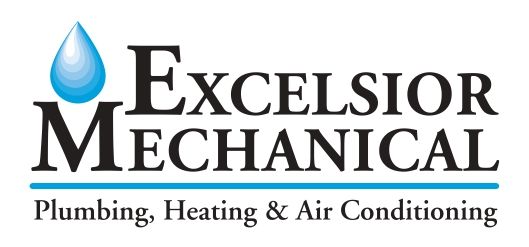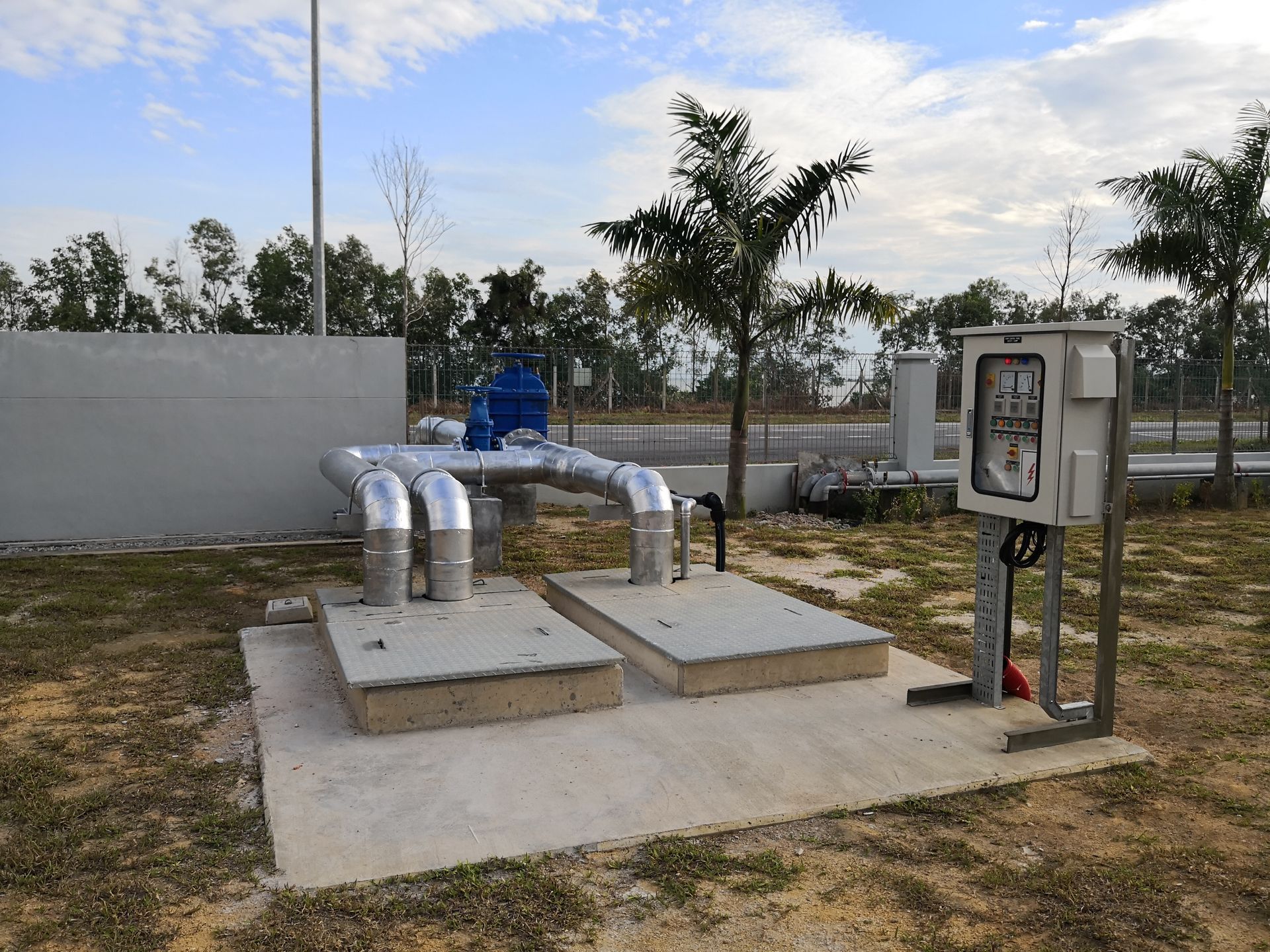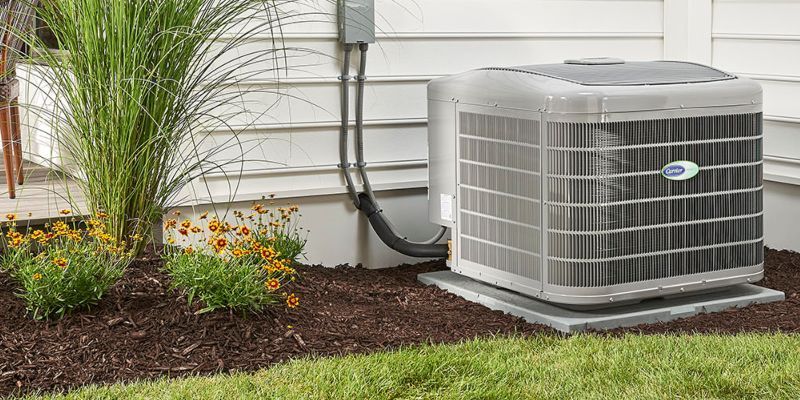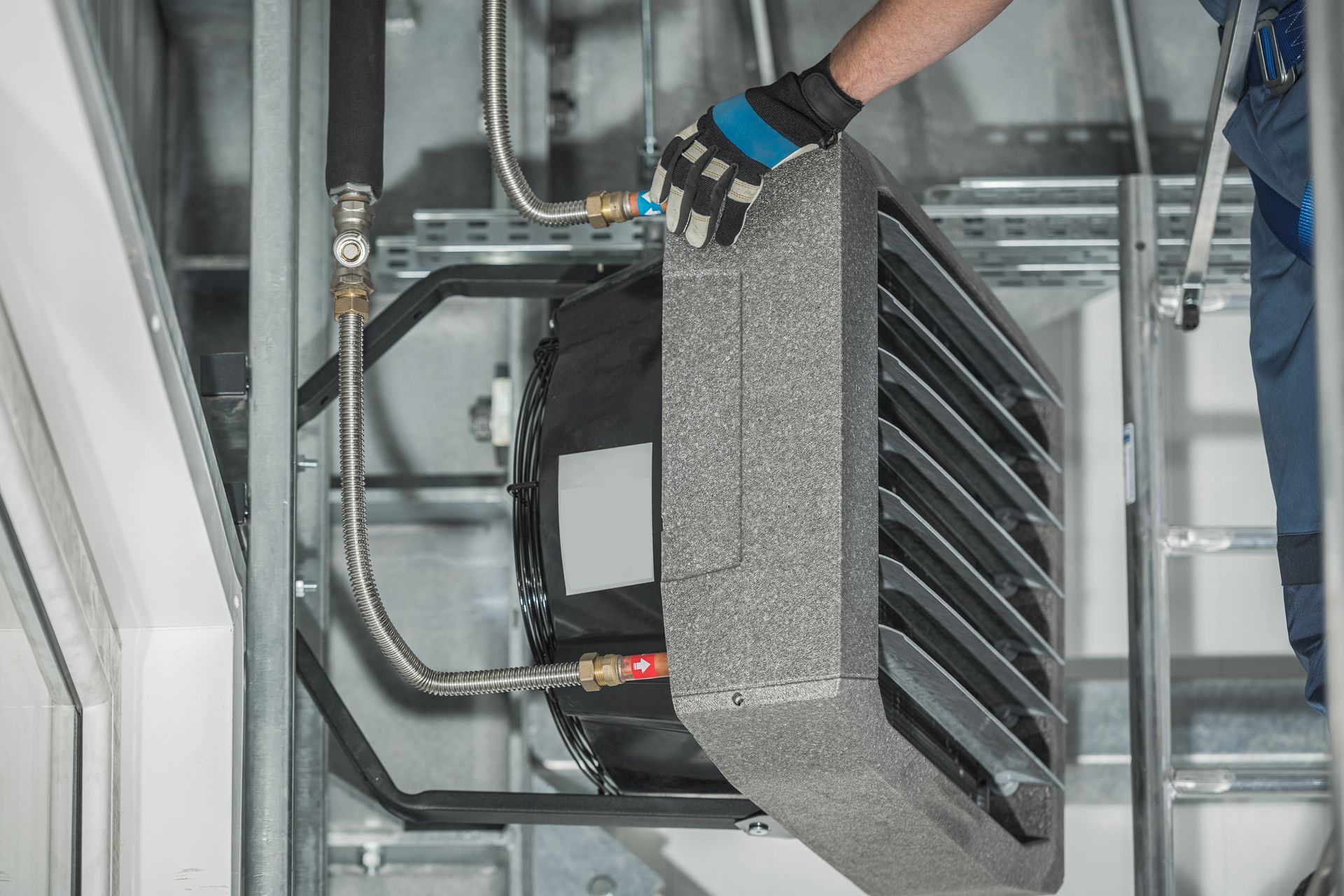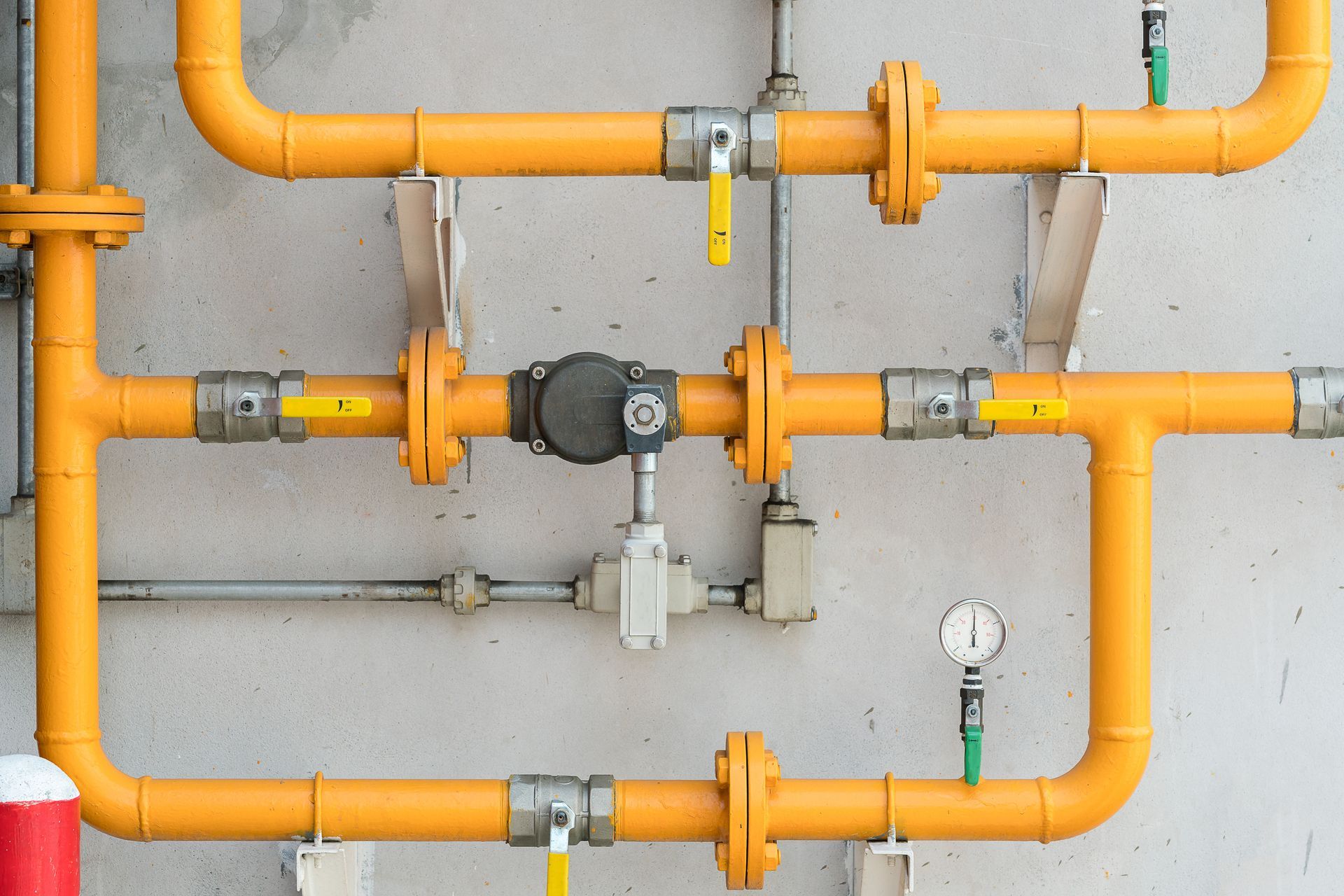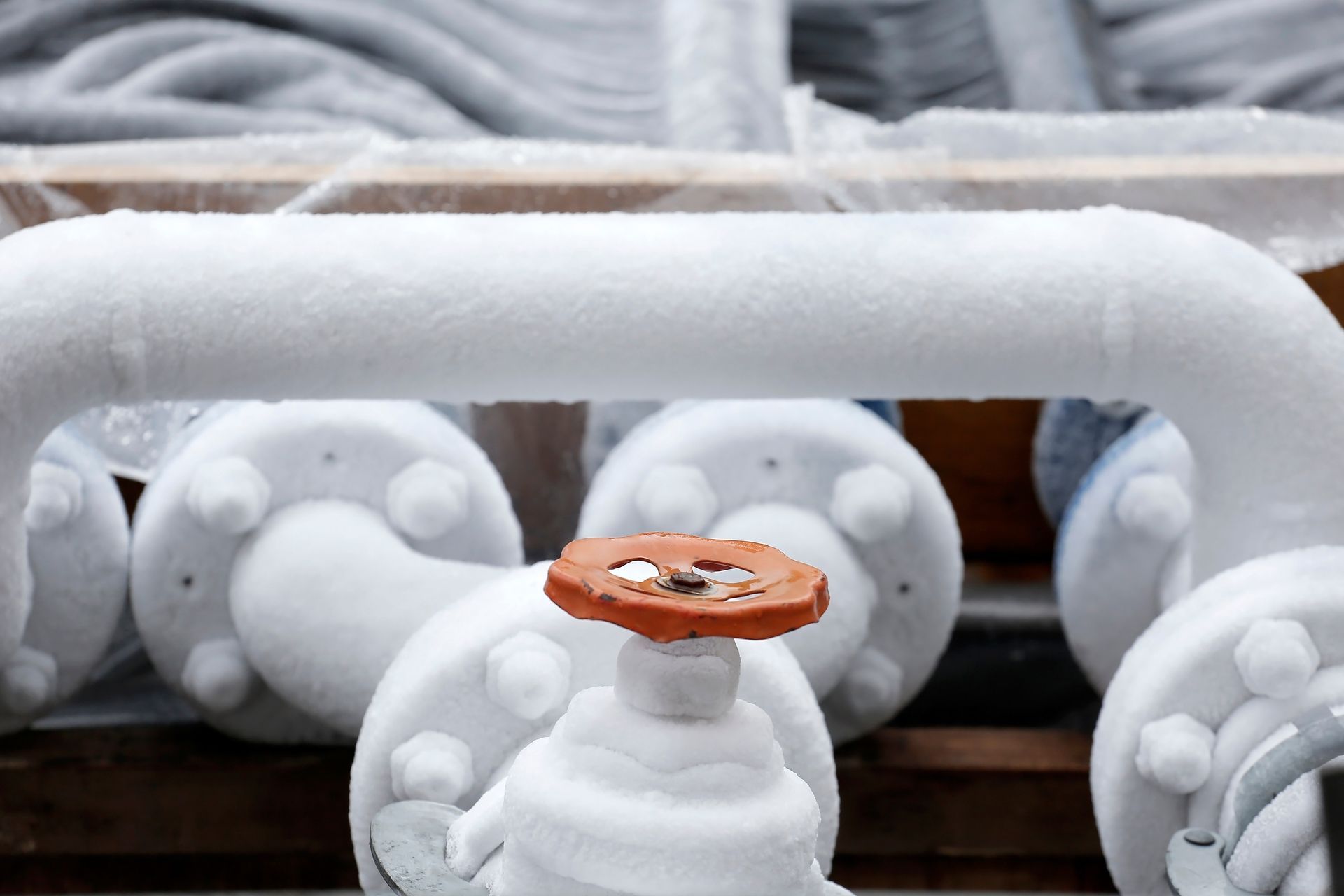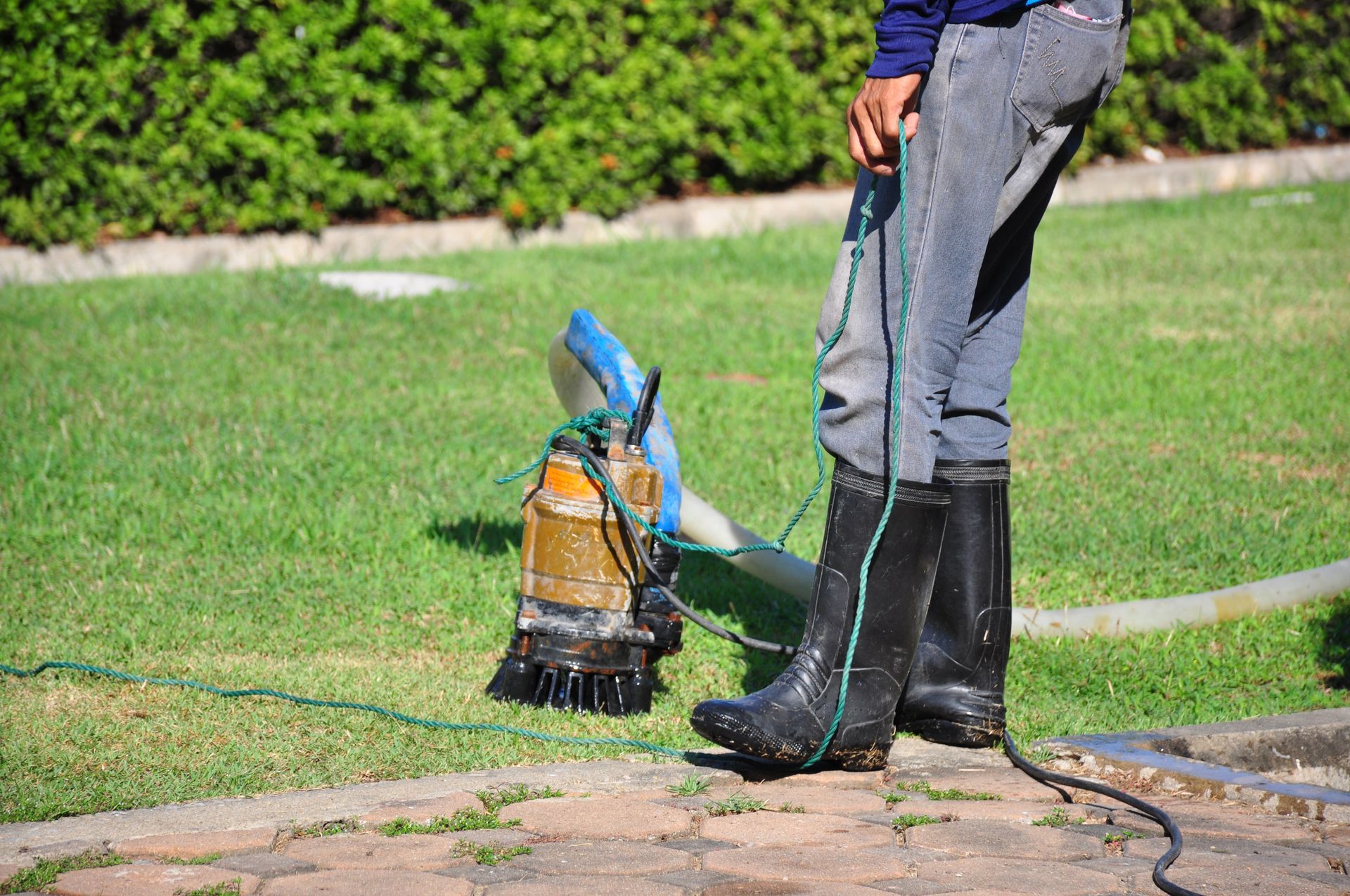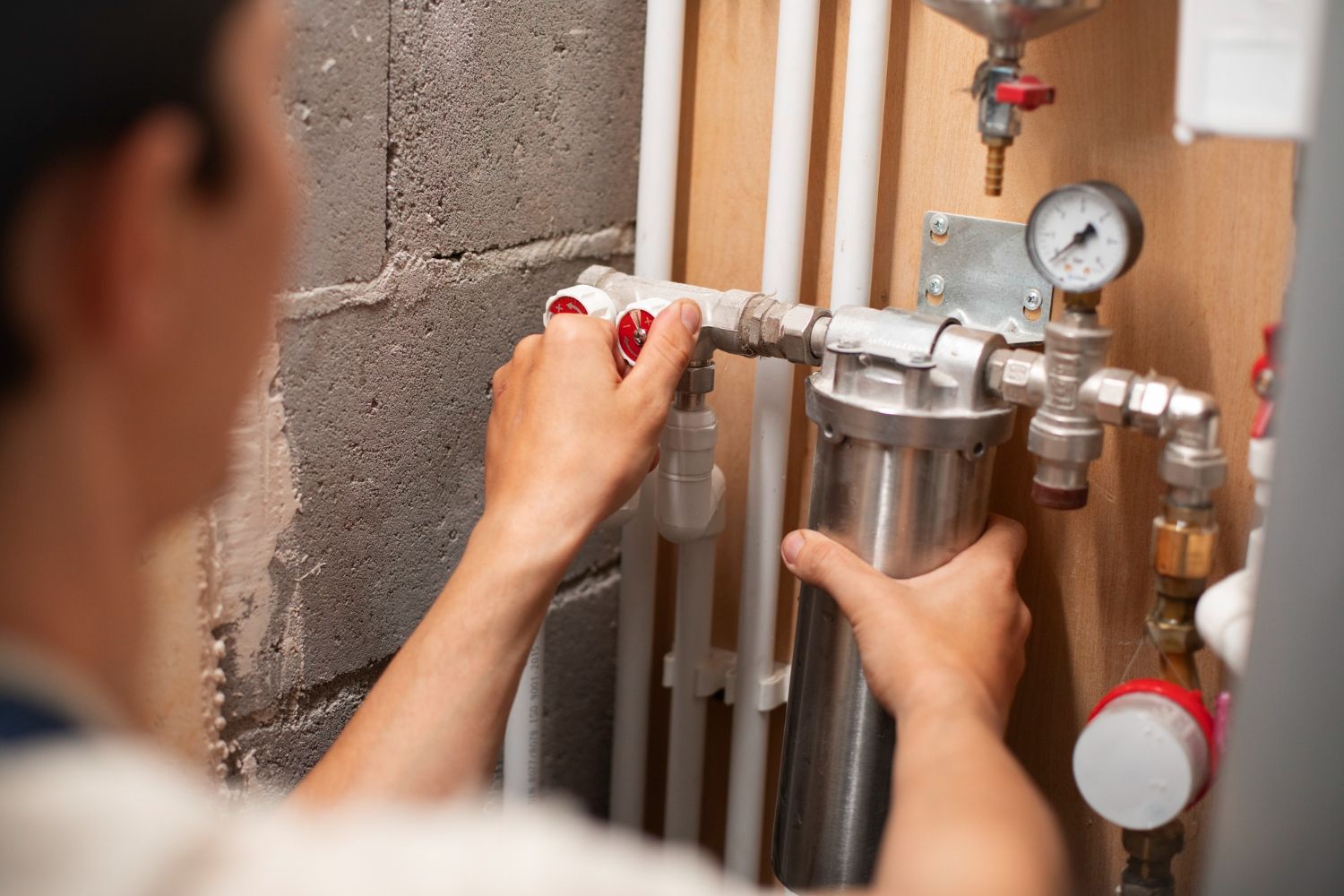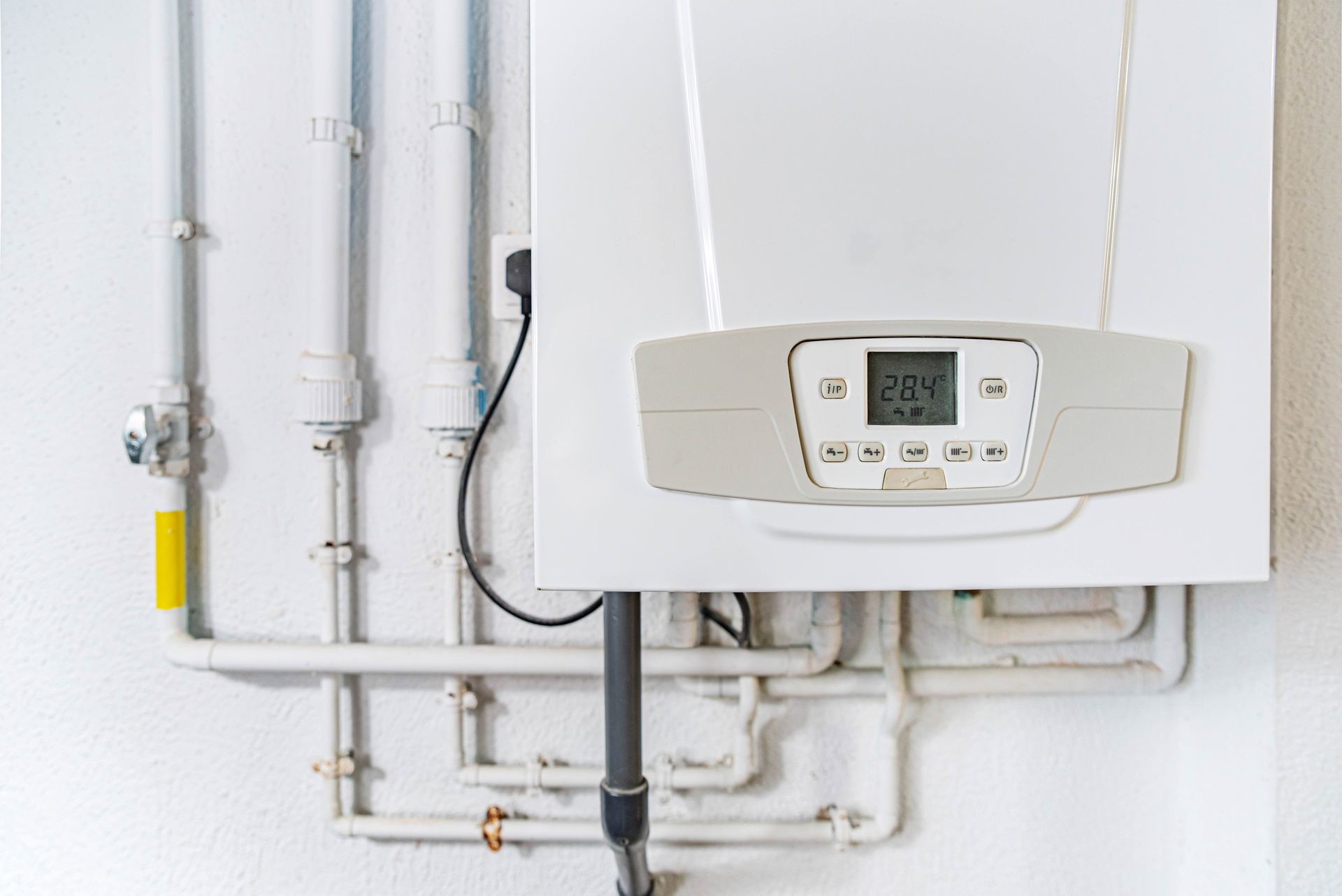Improving Indoor Air Quality in Your Home
Indoor air quality is an increasingly important consideration for property owners concerned with the well-being of their inhabitants and visitors. Indoor air quality directly impacts a person’s ability to concentrate, not to mention allergy or asthma sufferer’s ability to breathe.
Poor air quality can also affect homeowners’ sleep habits and personal health until it permeates their relationships. We have several tips on improving indoor air quality that can help save money on energy bills and trips to the doctor.
Replace the Air Filter
One of the easiest and most effective ways to improve air quality in a home is to replace the furnace’s
air filter
regularly. You would think it was a relatively straightforward process, but the most significant hindrance seems to be remembering to replace the filter with a routine. Now, with the help of our handy smartphones, we can easily set reminders to check and replace air filters.
A clogged or dirty air filter prevents airflow and allows dust particles to blow through vents and ducts. If the house has been getting rather dusty lately, it is a good indication it is time to change the air filter. It isn’t a stretch to say that the dustier your house is, the worse your air quality.
Control the Humidity
Humidity is a natural occurrence indoors and outdoors; however, too much or too little humidity directly affects indoor air quality. Humid air is more likely to trap harmful and toxic pollutants, which can lead to poor health when inhaled. In turn, low humidity has more probability of spreading airborne germs with equal health concerns.
In short, controlling the indoor humidity ensures harmful bacteria, spores, pollutants, and viruses have less opportunity to adversely affect everyone’s health.
A humidity tool can accurately read your home’s humidity level and adjust your
air conditioning
, heating, and ventilation. So, ensuring your HVAC systems are functional and properly maintained is also wise.
Improve Ventilation
Ventilation is a crucial component of how to improve indoor air quality. Air circulation helps move fresh air into spaces and eliminates the density of harmful particles. Without it, dusty, contaminated air continues to cause health issues, even worsening them as the indoor air quality gets poorer.
To improve ventilation, utilize bathroom and ceiling fans regularly. Proper HVAC maintenance ensures that appliances and systems operate at peak efficiency, including their internal fans. In addition, a home maintenance plan should include duct and furnace cleaning to eliminate dust particles when the ventilation system works well.
Test For Airborne Pollutants
Airborne pollutants are the culprit of various health conditions and symptoms. Besides waiting for someone to have an asthma attack or become ill, how do we know they are there?
Testing for airborne pollutants takes the guesswork out of the process. If you have followed all the tips and still have health problems in your house or building, it may be time to call the professionals.
Aside from inspecting and maintaining your HVAC systems, testing for airborne contaminants can point to a specific environmental issue. For example, mould spores indicate an infestation and encourage you to investigate wet areas a little closer.
Improve Your Indoor Air Quality
Don’t leave your health to chance. Improve your indoor air quality with the professional services of Excelsior Mechanical Ltd. We have been providing HVAC services in the Saskatoon area for over 25 years, bringing professional dedication to every job.
Our staff has the experience and training to ensure your home or business runs smoothly with less risk of air pollutants or costly system breakdowns. Contact us
online
or by calling 306-652-1795 to book your consultation today!
